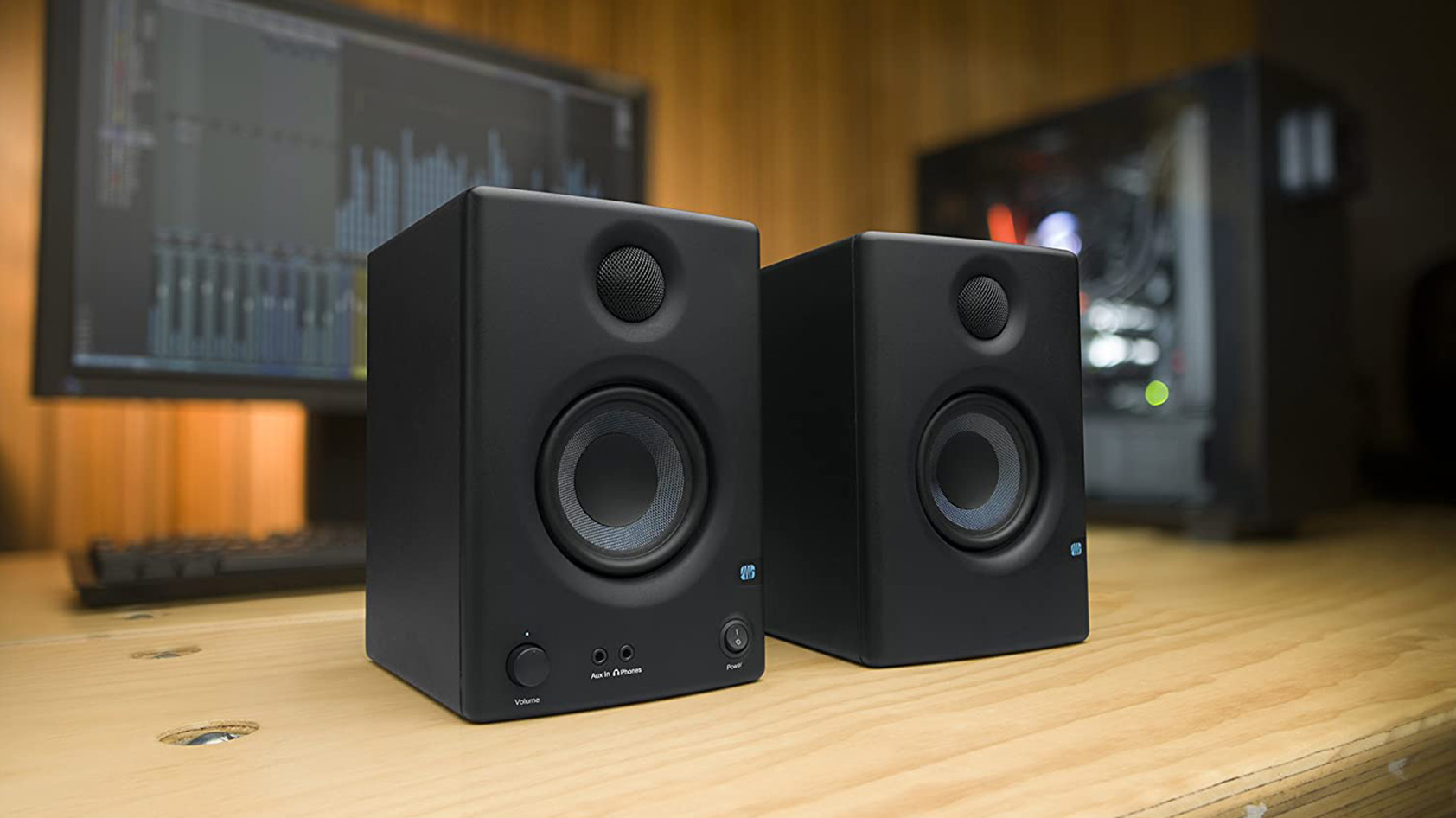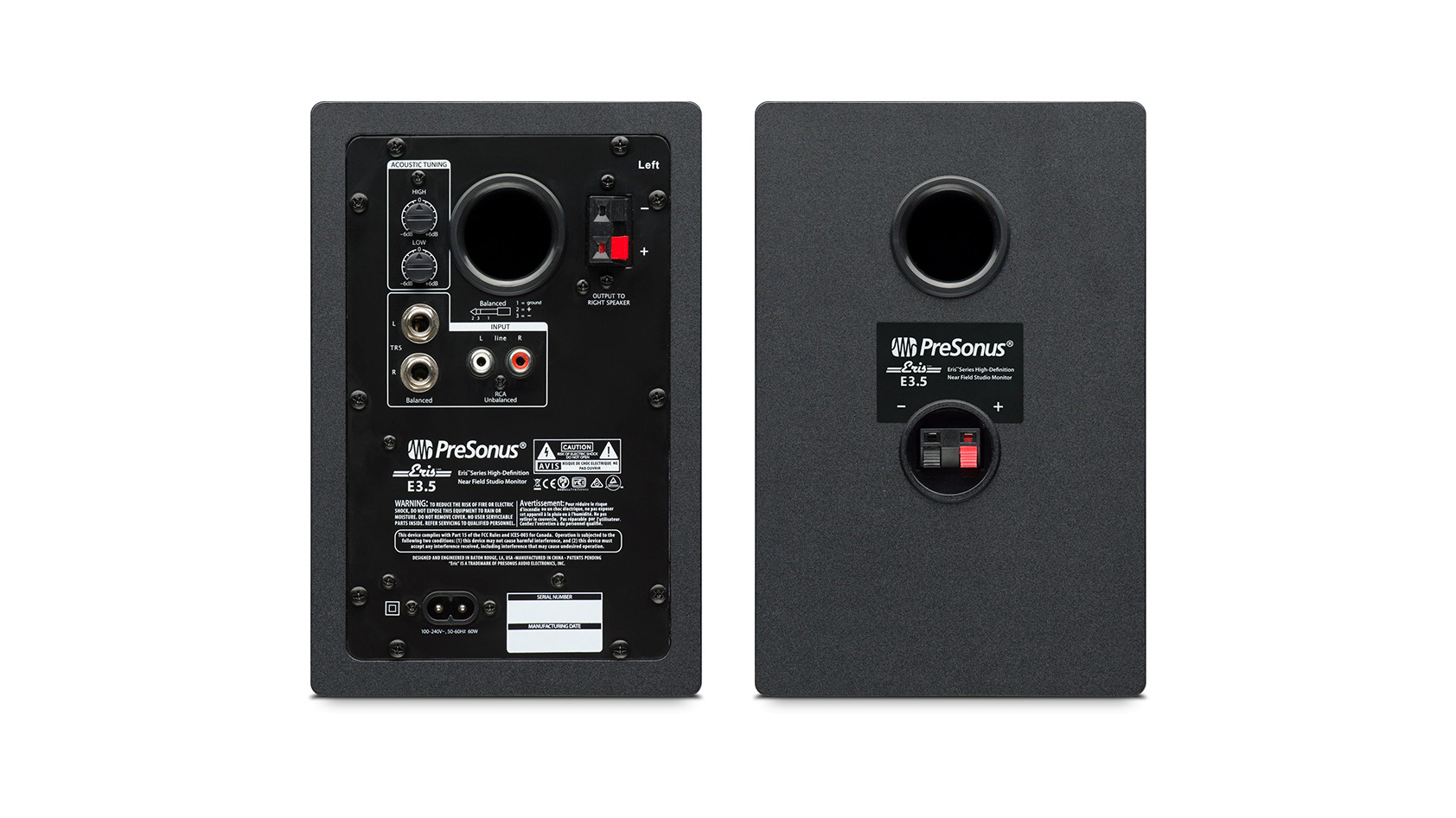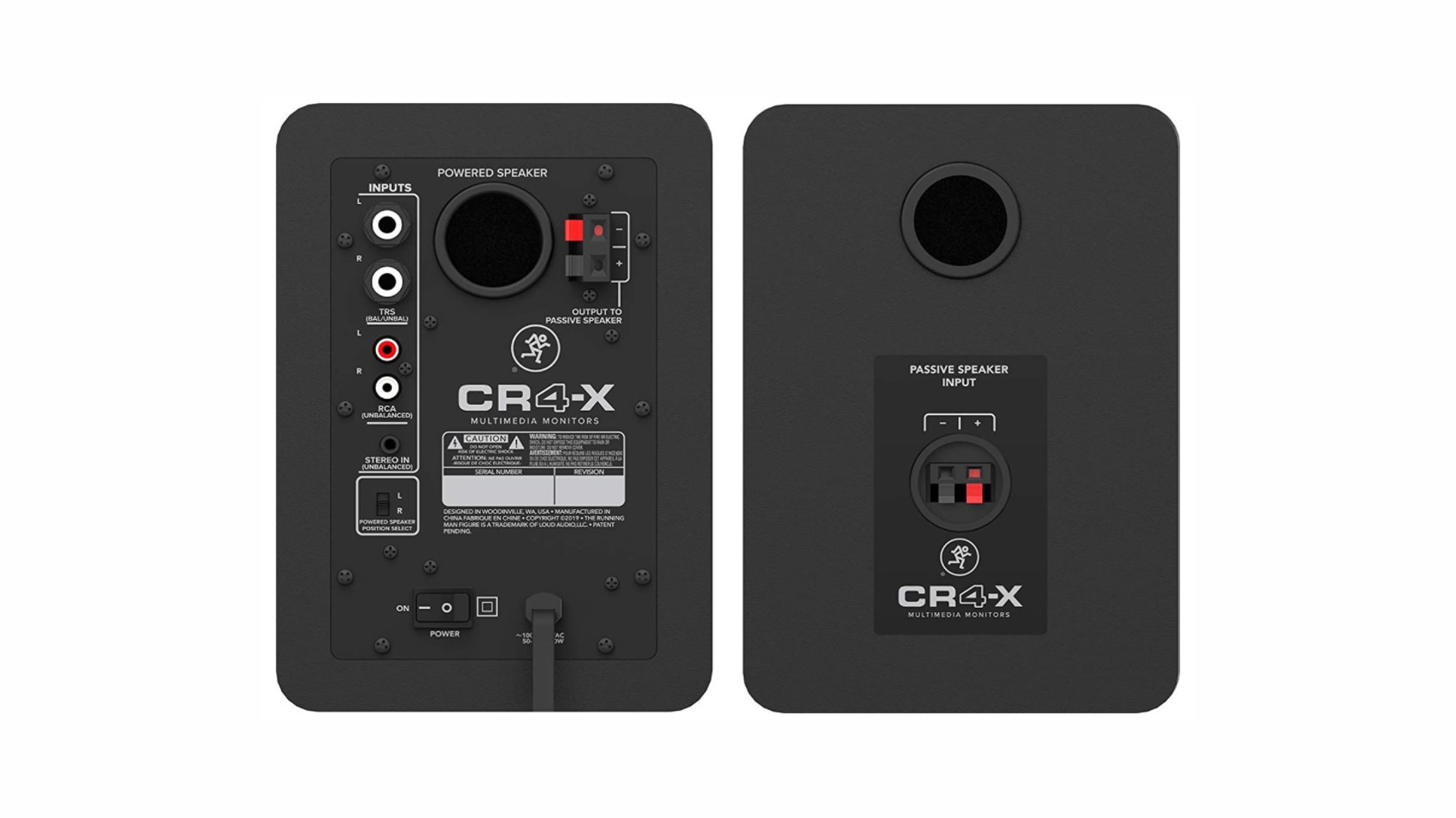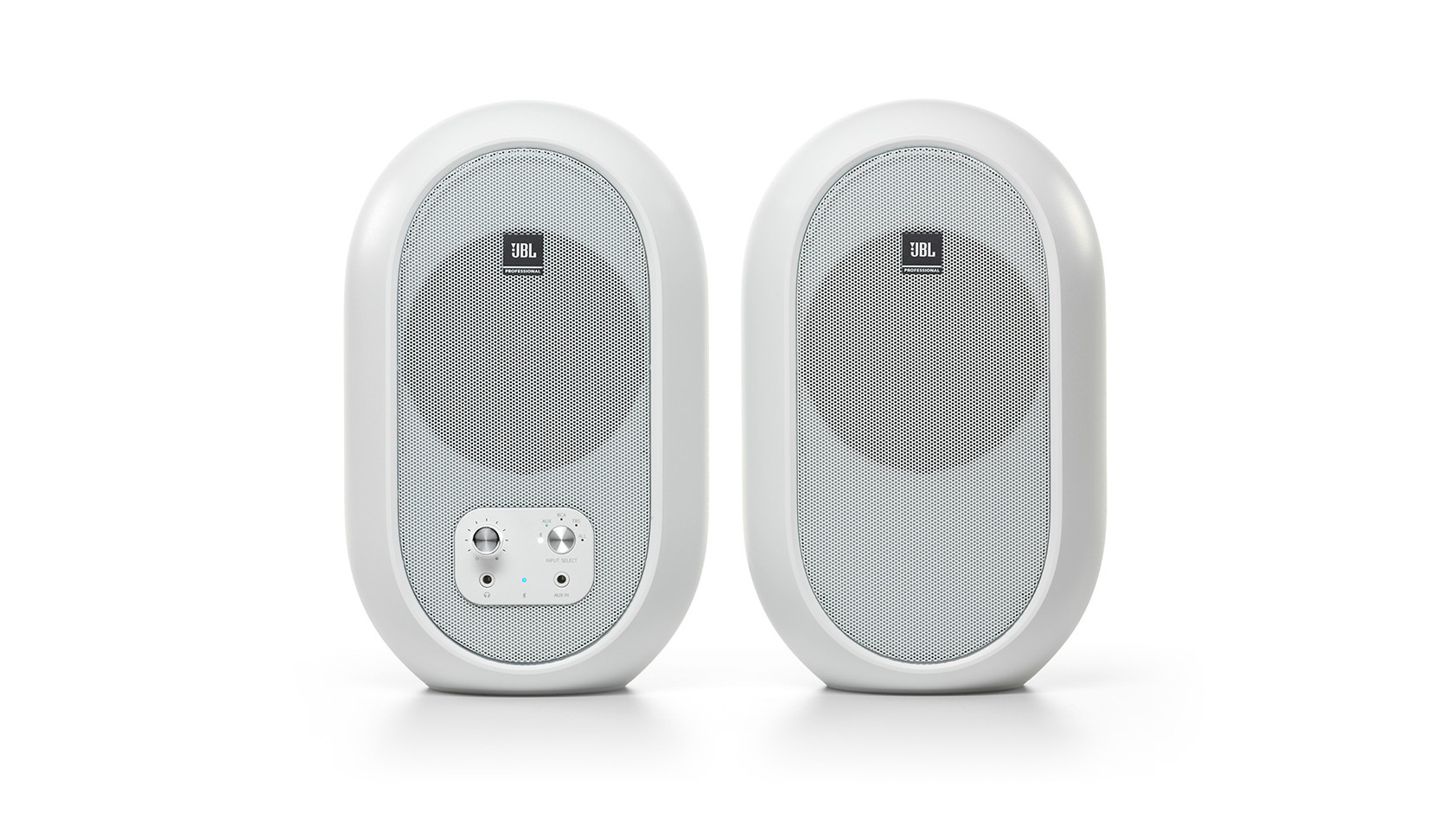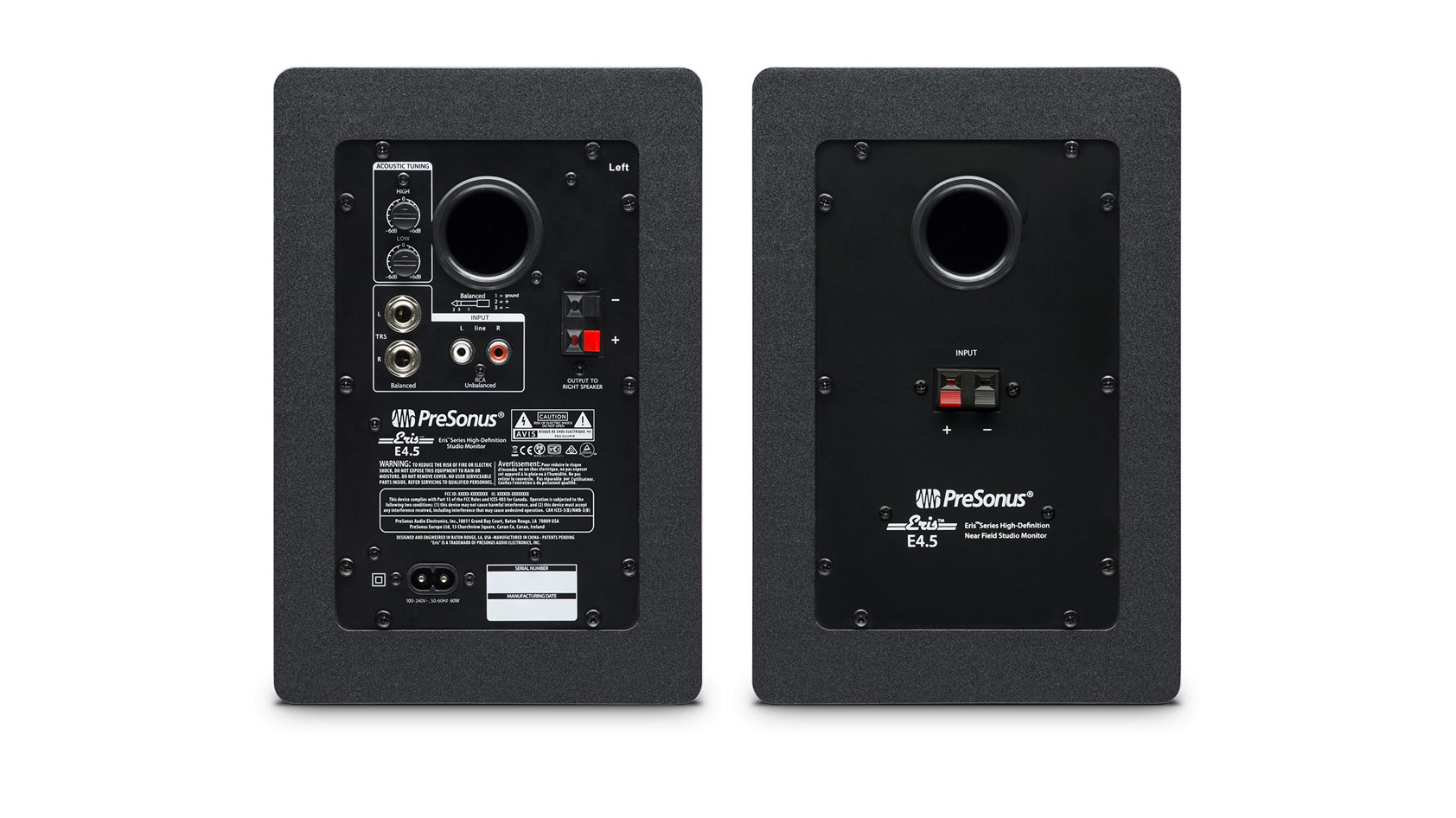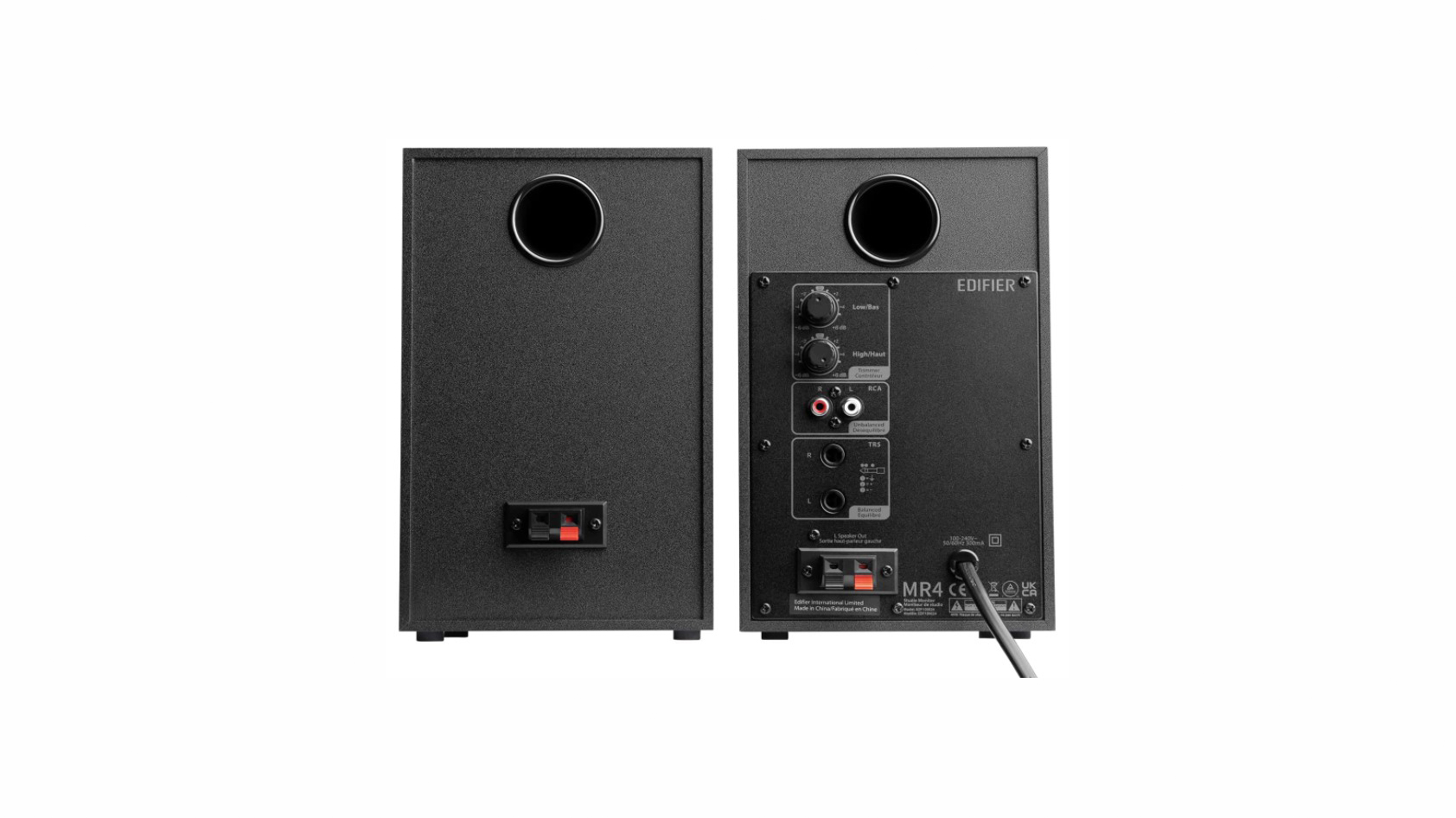All products featured are independently chosen by us. However, SoundGuys may receive a commission on orders placed through its retail links. See our ethics statement.
Best cheap studio monitors
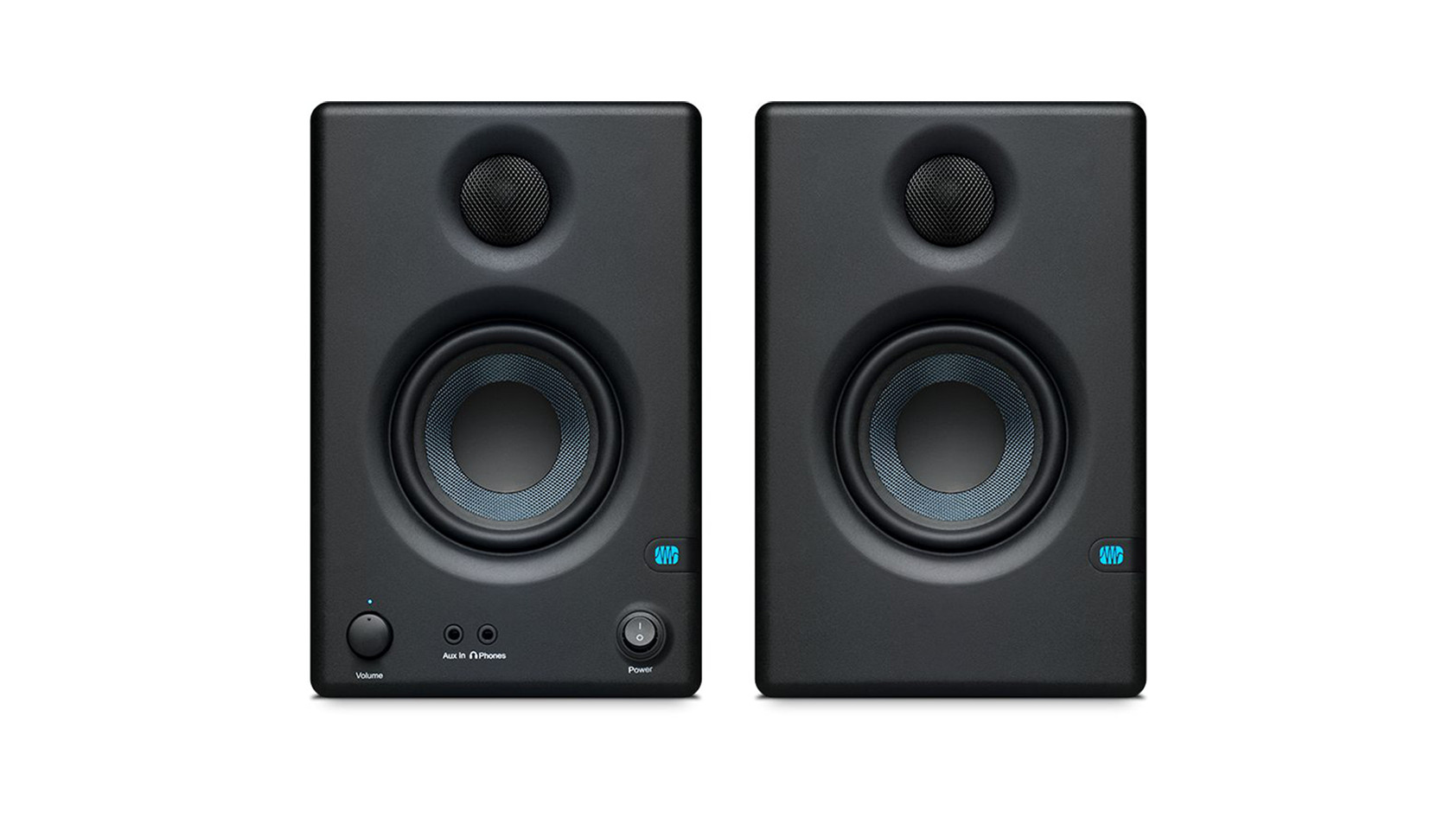
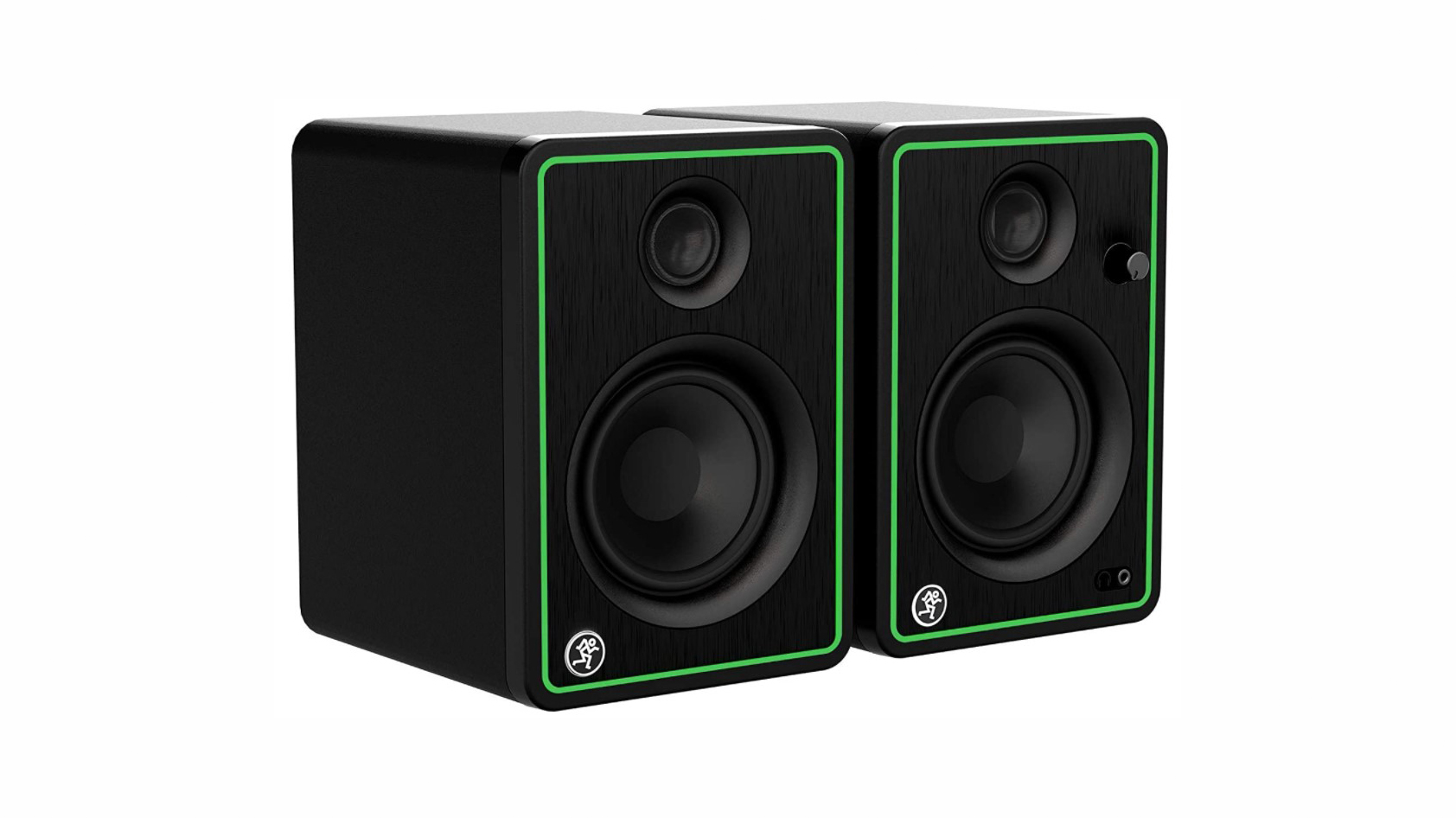
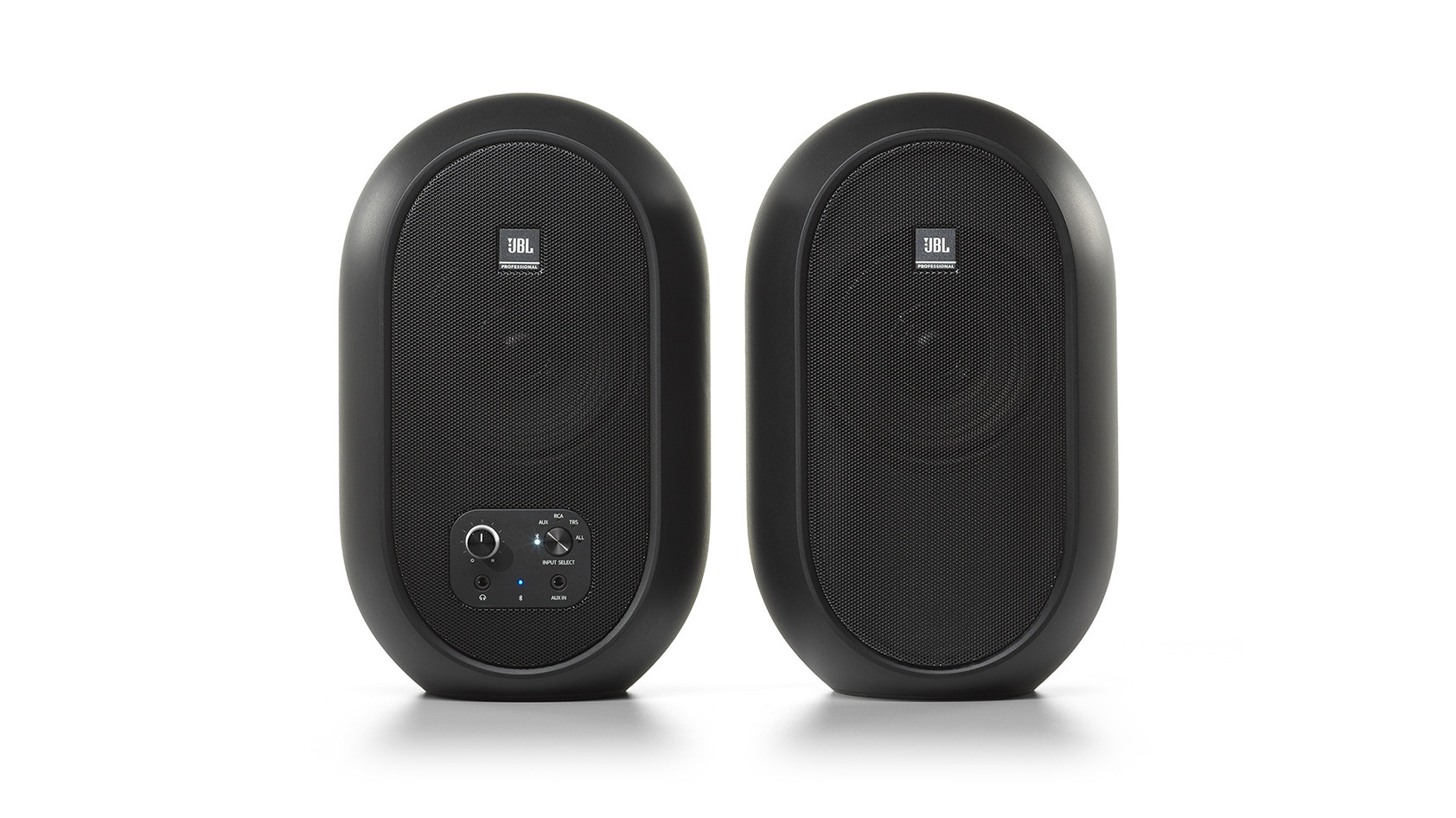
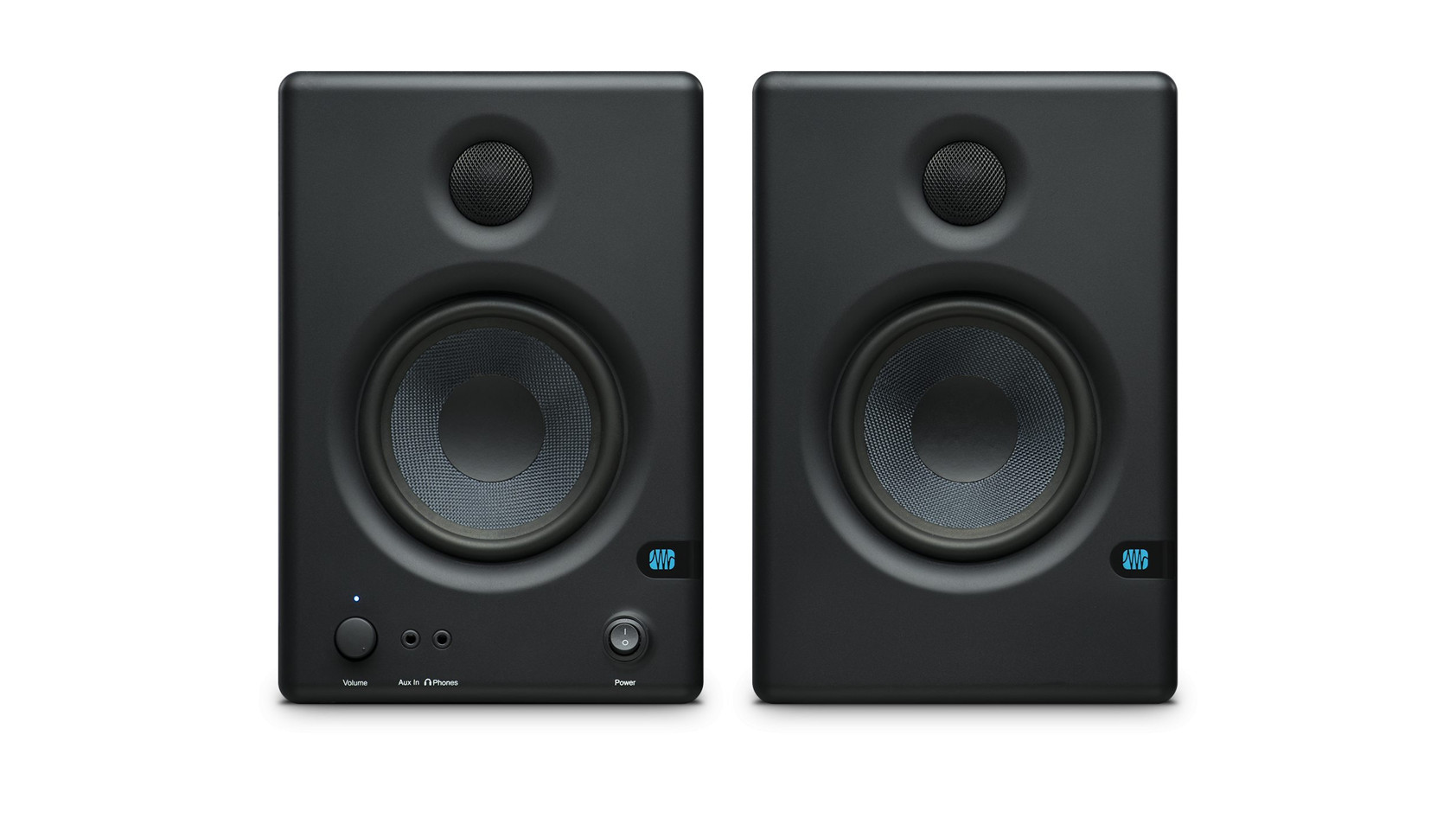
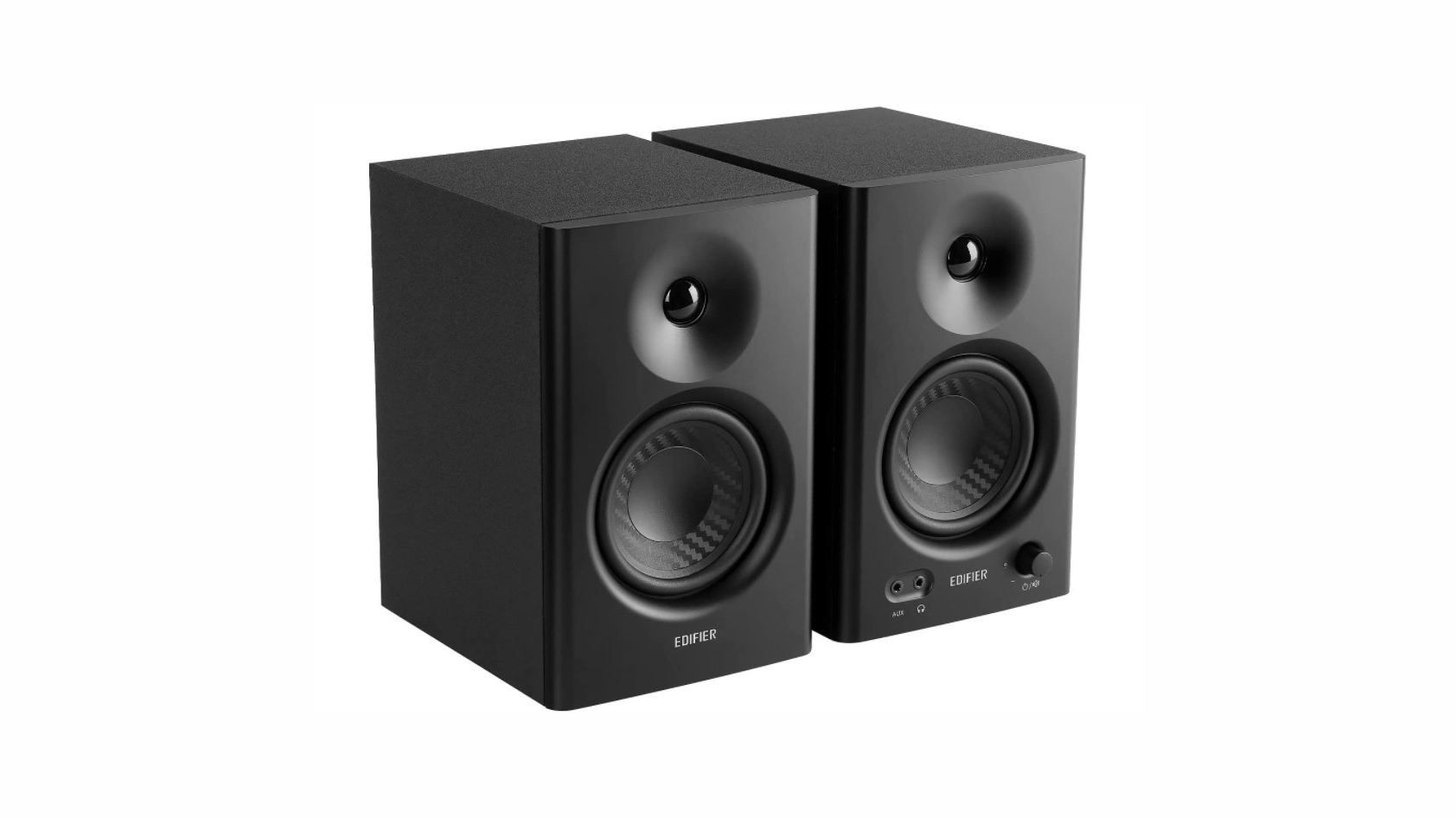
Studio monitors are considered professional pieces of equipment. Still, it can be difficult to invest in your first set for less than the price of an arm and a leg, especially if you have already shelled out for some studio headphones. Fortunately, manufacturers recognize the need for entry-level monitors and offer products that meet the demands of bedroom producers on a budget. Cheap studio monitors don’t have to result in cheap-sounding mixes.
What's new?
- This list was updated on November 2, 2023, to ensure the timeliness of the information within and to answer more frequently asked questions.
- Check out our list of the best computer speakers for something more casual.
Why is PreSonus Eris 3.5 the best set of budget studio monitors?
For less than $100, the PreSonus Eris 3.5 is a gateway pair of studio monitors that introduces newcomers to the world of proper audio mixing.
These speakers feature 3.5-inch Kevlar composite woofers and 1-inch silk dome tweeters with sturdy cabinets and reproduce sound you’d expect from monitors double the price. With a relatively neutral frequency response ranging from 80Hz to 20kHz, you get accurate sound quality—ideal for a home mixing environment.
The inclusion of a 3.5mm auxiliary input, two 1/4-inch TRS inputs, and dual RCA stereo inputs make it easy to integrate the monitors into your setup. A 3.5mm headphone out is also included for quick monitoring with a pair of studio headphones. As an added bonus, the inclusion of acoustic tuning controls lets you fine-tune the speakers according to your mixing environment.
At its low price point, there are some compromises: emphasized bass notes can make it difficult to accurately mix audio. Treble frequencies are under-emphasized relative to bass notes. This results in a lack of clarity when reproducing string instruments during instrumentally busy segments. Fortunately, you can change this via the speaker’s acoustic tuning.
Despite its shortcomings, the Eris 3.5 is a well-constructed, cheap pair of studio monitors that deliver a sound signature ideal for music producers who are just starting out. You’ll be hard-pressed to find anything that can rival PreSonus’ offering at this price.
The Mackie CR4-X is a classic pair of inexpensive studio monitors
A few years before the PreSonus Eris 3.5 was introduced, Mackie changed the studio monitor market with its line of Creative Reference monitors. Since its introduction, the Mackie CR4-X has become a darling of the audio community, touting studio-style sound at a price aimed at novice musicians.
Sporting 4-inch polypropylene woofers and 0.75-inch silk dome tweeters, these cabinets boast a frequency response ranging between 65Hz and 20kHz. The CR4–X monitors perform very well in a home studio environment and reproduce a relatively neutral sound when it comes to midrange and treble notes.
These studio monitors offer similar connectivity options to the Eris 3.5, equipped with a 3.5mm aux input, 3.5mm headphone out, two 1/4-inch TRS inputs, and dual RCA stereo inputs. For roughly $150, you can’t go wrong with the Mackie CR4-X, considering its long-standing fame within the audio community.
The JBL 1 Series 104-BT proves that big sound comes in small packages
Even though JBL’s reputation is based on its consumer-oriented headphones and speakers, the company has also won the hearts of professionals with its higher-end products. The JBL 1 Series 104-BT bridges the gap between consumer and professional, introducing home studio musicians to studio-like sound without the four-, five-, or even six-figure price tag.
The 1 Series 104-BT isn’t traditional from a design perspective: it foregoes a cabinet shape and instead favors an oblong, low-profile aesthetic. However, it’s what’s on the inside that counts. With the 104-BT’s 4.5-inch woofer and 0.75-inch soft dome tweeter, these speakers produce a frequency range from 60Hz to 20kHz. As a bonus, these speakers feature Bluetooth connectivity options on top of the standard 1/4-inch TRS, RCA, and 3.5mm auxiliary inputs.
Just be careful not to push the 104-BT, as higher volumes can lead to over-amplified treble notes. The product also struggles when it comes to low frequencies. While you can still enjoy the boom of a bass drop or kick, it may not be as punchy as you’d expect it to sound on the 104-BT. Even still, the JBL 1 Series 104-BT is worth considering for any hobbyist home producer looking for big sound in a small package.
For the serious home-based producer, there is the PreSonus Eris 4.5
The PreSonus Eris 4.5 builds from the success of its little brother, the Eris 3.5, with internals that toe the line between a novice musician and an audio enthusiast.
In terms of features, the Eris 4.5 shares the same capabilities as other products in the Eris lineup: a 3.5mm aux input, 3.5mm headphone out, two 1/4-inch TRS inputs, and dual RCA stereo outs. The speaker even includes the Eris line’s signature acoustic tuning controls.
With bigger 4.5-inch kevlar composite woofers, the Eris 4.5 makes up for some of the shortcomings of its lower-priced counterpart. Highs and mids are a bit louder and sound good for mixing and playback. Although the Eris 4.5 has an extended frequency response (70Hz-20kHz), its low-end response is limited. While its bass response is an improvement from the Eris 3.5, these speakers don’t fully reproduce the desired loudness of bass instruments. Listening to 808s and sub-basses on these speakers will still be a pleasant experience, but don’t expect to be blown away.
Audio enthusiasts looking to invest in studio monitors for more serious work should consider the PreSonus Eris 4.5.
The Edifier MR4 bridges the gap between budget and bargain
Most high-end studio monitors are sold as singles. This can make what looks initially like a bargain set to burn through your budget. Edifier challenges how low you can go with the MR4, a pint-sized set of monitors.
At just a hair under $130 for both, it delivers a surprisingly flat frequency response, except with a bit of a dip around 2kHz. You can compensate for this deviation with some software EQ in your audio chain. Its range extends from 60Hz up to 20kHz, which is impressive for small monitors.
Medium-density fiberboard (MDF) cabinets house the 4-inch woofers and 1-inch silk tweeters. Connectivity is strictly analog with dual 1/4-inch balanced TRS inputs, stereo RCA, and AUX input. Additionally, mixers on a budget can switch between Monitor and Music Modes at the press of a button to give the MR4 double duty in the home. Well, it seems like you’re ready to write your songs.
The best cheap studio monitors: notable mentions
- Alesis Elevate 5 MKII: With its 5-inch drivers and 1-inch tweeters, these produce a relatively flat sound that will suit any bedroom producer’s setup—all for roughly $130.
- JBL Professional 305P MK II: A significant step up from the 1 Series 104, this is a great upgrade for more serious musicians looking to hone in their mixes.
- KRK RP5 Rokit G4: This is arguably one of the most popular studio monitors amongst home musicians, marked by its signature yellow accents. It delivers great bass response with a graphical equalizer and is ideal for electronic music artists. At around $180 per speaker (or closer to $375 for a pair), this speaker may be pricey for some—though it’s still a budget option compared to higher-end monitors.
- Monoprice DT-3: Okay, you wanted cheap. This pair regularly sells for $80 and, technically, computer speakers. With that said liberal use of an equalizer will go a long way if your budget is tight.
- PreSonus Eris 3.5BT: This Bluetooth-equipped studio monitor is perfect for work or play and can stream music from other devices. You may want to ask yourself if you really need Bluetooth for mixing or if that price increase can be better allocated for upping your budget. If you’re planning on using your monitors for other things besides music production, however, Bluetooth is handy.
- PreSonus Eris 4.5BT: Get the studio-level sound right in your home with these monitors. It includes everything users love about the Eris 4.5, with added Bluetooth capabilities.
- PreSonus Eris 5: These cabinets build on the success of the Eris 4.5 and 3.5 with bigger woofers, bordering studio-grade sound
What you need to know about cheap studio monitors
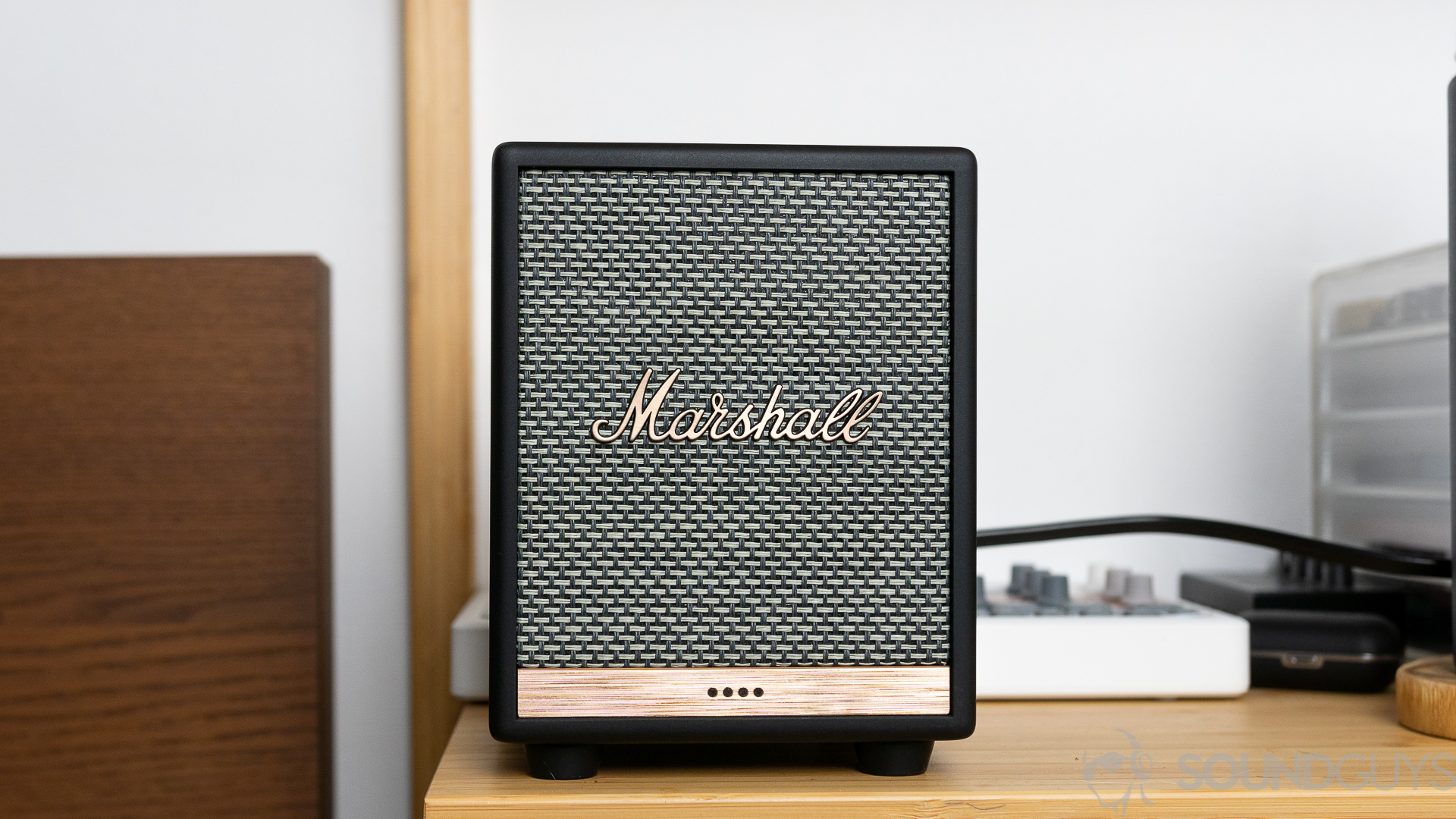
Although studio monitors may look like your typical bookshelf speaker, they are anything but. Studio monitors, also called reference monitors, are designed with a single purpose: professional audio applications. This includes music production, film post-production sound mixing, and radio production.
While consumer speakers might emphasize certain frequencies, studio monitors are configured to produce a neutral frequency response, colloquially referred to as a “flat response,” resulting in accurate sound reproduction. Having this unaffected sound allows music producers and audio engineers to mix tracks accurately. Ideally, no matter where their audio is played, it sounds as good as it possibly can — whether played through the most expensive set of headphones or your phone’s built-in speaker.
If you think you will be getting the most pristine, Grammy-worthy mixdowns using a pair of sub-$200 studio monitors, think again. Due to compromises made with the goal of lowering their price tag, these studio monitors have their own drawbacks, particularly with their sound quality. Nothing comes nearly as close to a platonically ideal sound as higher-end monitors. Read our guide to audio mixing to learn how the editing process works. You’ll want to pick the right digital audio workstation (DAW) unless you’re using a totally analog setup.
Keep in mind that room placement and room treatment are just as important as whatever set of monitors you choose. You can buy the most expensive monitors, and they won’t do you any good in a poorly treated room. More to the point, acoustic treatment will elevate any budget monitor.
All this being said, you don’t necessarily need the most expensive equipment to produce a decent-sounding song. If you want to maximize the quality of your mixing experience with limited coin, a cheap or mid-range set of studio headphones (not to be confused with consumer headphones) will lend you more mileage. Plus, studio ‘phones (ones with closed backs) offer you the versatility to listen while recording without sound bleed.
If you’ve already got those studio monitor headphones and are looking to dip your toes into the world of cheap monitors to hear your mixes in the room, we got you covered.
What accessories do you need?
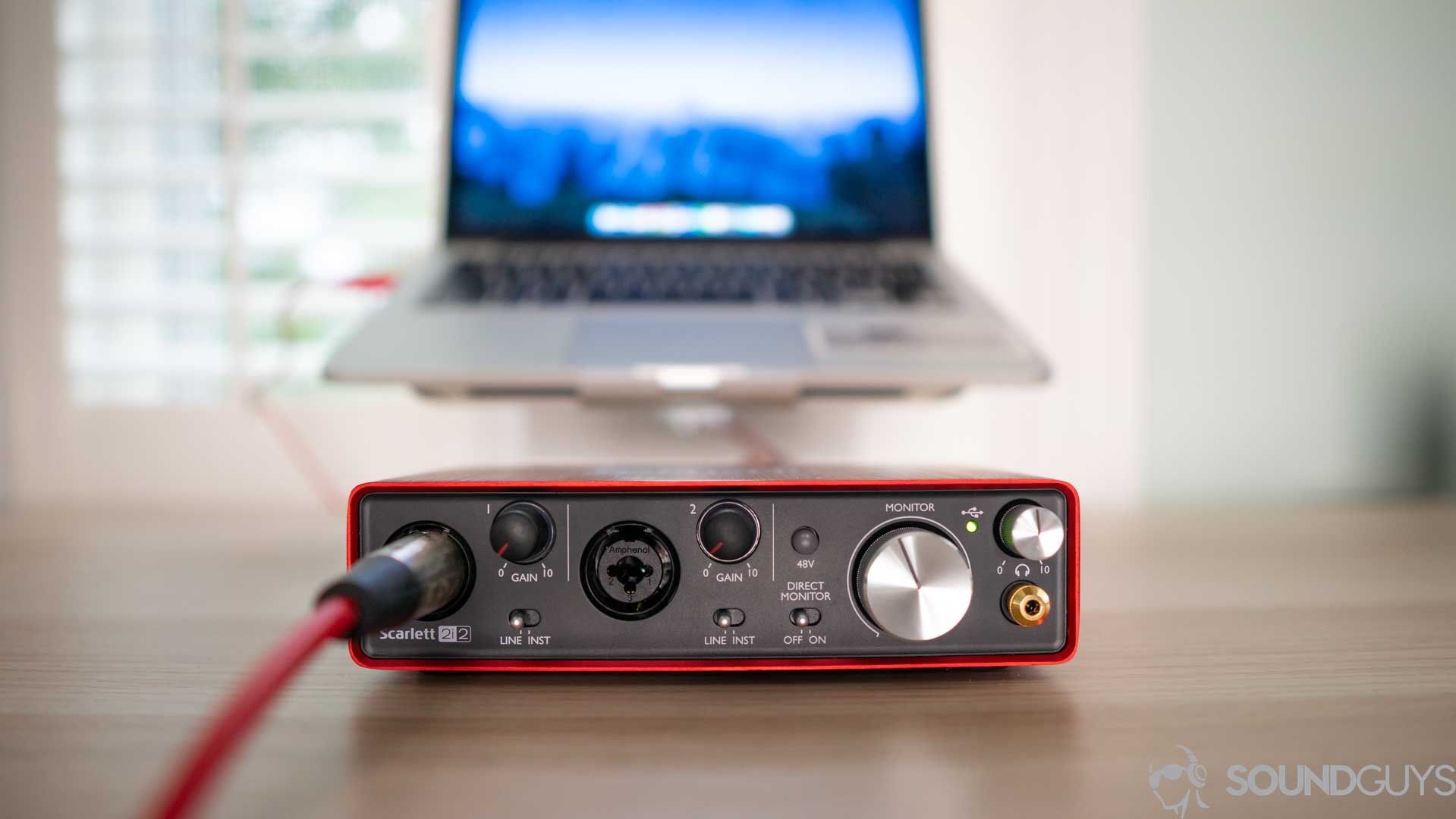
While most studio monitors can connect to your computer through a 3.5mm aux cable, it isn’t ideal—even for a home setup. In order to get the best sound out of your monitors, you will want to connect using either the two 1/4-inch TRS inputs, dual RCA stereo inputs, or XLR inputs, all of which are typically found at the back of the monitors. If this sounds overwhelming, you’re in luck: we have all the information you could possibly want on audio connections.
Using any of these inputs will require an audio interface, which contains a selection of I/O to use between your computer and your studio monitors. Fortunately, there is a range of computer audio interfaces to choose from, which vary in price and features according to your needs.
Active vs passive speakers: what’s the difference?
Speakers come in one of two variants: active or passive. Active speakers, which are the most common among cheap studio monitors, refer to those that have a built-in power supply and amplifier. On the other hand, passive speakers require an external power source, such as an amplifier, in order to function. This is traditionally found in more powerful, higher-end speakers.
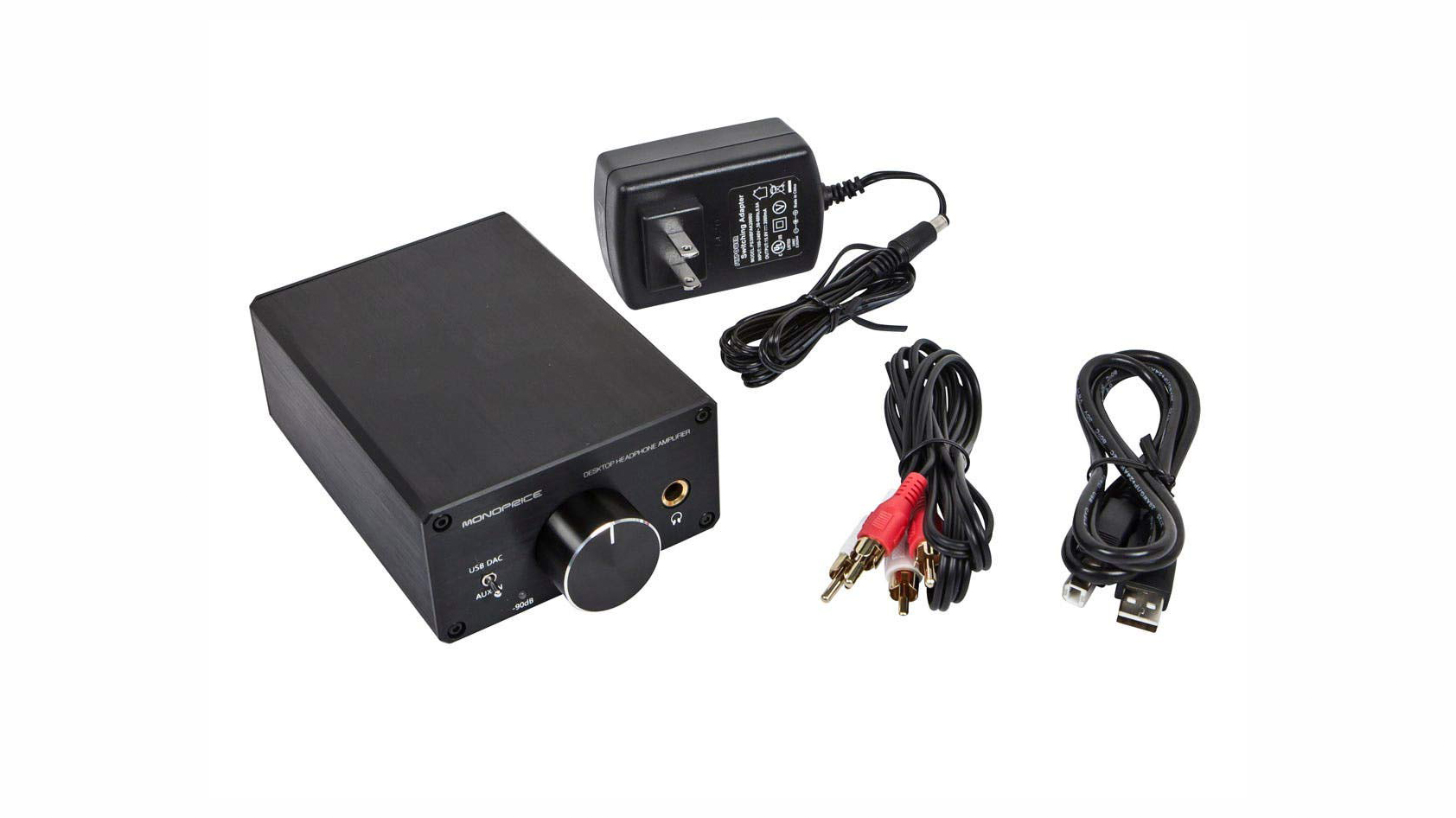
All the products mentioned in this list are bundled with both active and passive speakers. The active speaker, typically the left, is referred to as the master because it contains the unit’s power supply. The active speaker then powers the passive right speaker, known as the slave, with an included cable. Because of this configuration, none of the speakers on this list require the use of an amplifier.
Why you should trust SoundGuys
Each writer at SoundGuys has accumulated years of experience reporting on the consumer audio market, and our staff adheres to a strict code of conduct. SoundGuys’ survival depends almost exclusively on readers enjoying their purchases. We pride ourselves on transparently outlining objective facts while accounting for the subjective experience to contextualize an audio product’s performance. When we do misspeak, we correct and own up to it.
Frequently asked questions about the best cheap studio monitors
While studio headphones are useful for recording, tracking, and avoiding noise complaints from your neighbors, studio monitors are still superior when it comes to mixing. This is because, with headphones, you’re not going to perceive the stereo image in the same way as over loudspeakers. With properly positioned and calibrated monitors, you’re getting a more accurate reproduction of your mix’s stereo image, which is essential for mixing.
It isn’t recommended that you mix with any speakers that have not been purpose-built for mixing. There are a few reasons for this; the primary reason is that consumer speakers tend to follow a more consumer-friendly curve rather than a “flatter” curve like on studio monitors. The neutral curve allows you to find errors not as noticeable on bog-standard speakers. While it totally makes sense to play your mix on a variety of speakers after your first (or thirtieth) mixdown is ready to see how it sounds there as well, consider that you’ll know by that point the mix is clean and free of artifacts or mistakes due to the reference monitors.
The price for studio monitors can vary widely, from under $100 for entry-level models to several thousand dollars for professional-grade units. Key factors that influence the cost include the quality of the components, the build of the monitor, the brand, and any advanced features they may have. For a decent home studio setup, you can expect to pay between $200 to $500 for a pair of good-quality monitors.
Studio monitors can be expensive due to their high-fidelity sound reproduction, flat frequency response, and the professional components used to ensure durability and accurate audio playback. Research and development, design precision, and the materials used also contribute to the cost. They are investments for professionals who require reliable and consistent sound for critical listening.
The lifespan of studio monitors typically ranges from 5 to 10 years or more, depending on their build quality, usage, and maintenance. Higher-end models may last longer due to better components and design. Proper care, including regular cleaning and avoiding excessive volume and environmental damage, can extend their life significantly.
